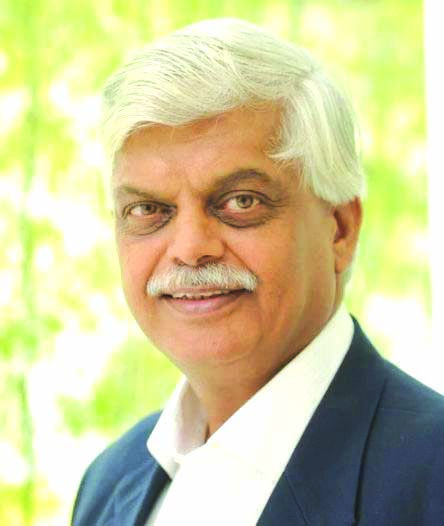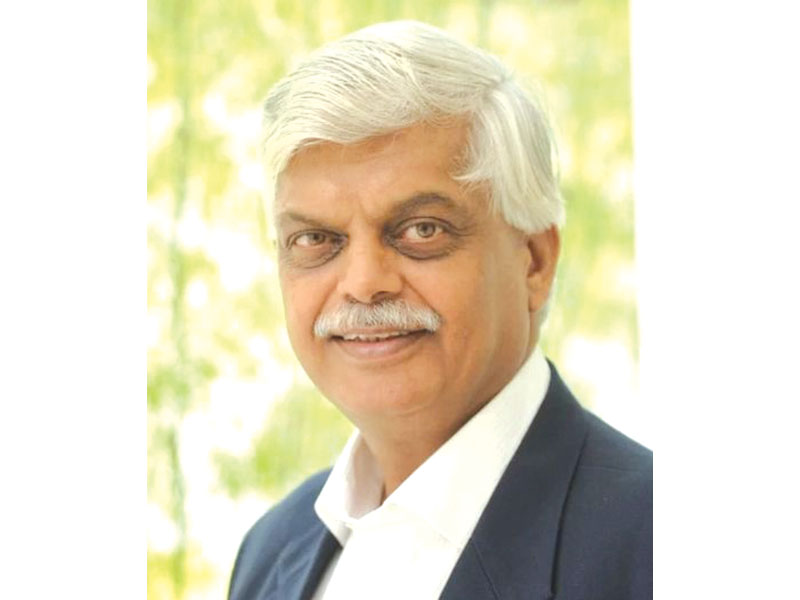
– (Excerpted from Secession of the Successful: The Flight Out of New India (Penguin, 2025). Sanjaya Baru was media advisor to the late Prime Minister Dr. Manmohan Singh)
To welcome the emigration of wealthy Indians and next generation of the ‘power elite’ as part of a strategy of extended soft power and tapping into a network of global knowledge, is making a virtue out of necessity
People of Indian origin have overtaken overseas Chinese to become the world’s largest diaspora. While some indigenous pundits view this as a positive development for India, the flight of capital and dollar millionaire entrepreneurs and businessmen combined with notable — and much criticised — reluctance of private sector businessmen to boost capital expenditure in development projects in India has caused disappointment in Delhi, and the finance ministry in particular. An excerpt explaining the flight of people and resources from India from Sanjaya Baru’s latest book — Editor
Enriched by oil the Gulf economies rapidly invest in construction and the services economy. They open their doors to Indian labour. The information technology revolution in the United States needs skilled labour. It reaches out to India. Israel declares war on the Palestinian people and banishes Palestinian workers from its economy. It seeks to replace them with Indian workers. Russia is bleeding in its war with Ukraine and needs soldiers. Its agents hire Indian mercenaries. Taiwan wishes to step up economic activity but without allowing more workers to come in from mainland China. It opens the doors to Indian workers. There is a global demographic transition and the ageing societies of developed economies have little option other than to import skilled and semi-skilled professionals and workers from an India whose population is still growing and whose citizens are willing to emigrate in search of better life.
That is one side of the coin.
On the other side, high-cost schools across India are offering certification that will help high school children to seek under-graduate education overseas. Billions of Dollars are being paid by middle class India to send children overseas for paid education. Investment bankers and advisors are helping India’s growing population of millionaires to secure citizenship overseas. The so-called ‘middle class’ of government officials, diplomats, defence staff, business executives, academics, professionals, and the newly minted millionaires and billionaires — in short, the power elite – are also emigrating or keeping one foot overseas.
Such are the dynamics of 21st century migration that are providing an increasing number of Indians opportunities to go overseas and encouraging them to do so. There is a ‘pull’ factor and a ‘push’ factor at work. The emigrating middle class and the wealthy are not just seeking education and employment overseas, but are also in pursuit of a better life, of tax havens, citizenship of developed countries. In short, a First World life. The number of wealthy Indians giving up citizenship is rising with ageing countries in search of people offering citizenship at a price. Even as India seeks to redefine itself as Bharat, and pursues the dream of being viksit (developed, middle class) by 2047, a globalised Indian elite wants to be part of that developed world today. They want their amrit kaal now.
Replying to a question in Parliament on August 1, 2024 the minister of state for external affairs, Kirti Vardhan Singh stated that a total of 2,25,260 Indians had “renounced their Indian citizenship” in 2022 and 2,16,219 in 2023. This compared to 1,29,234 in 2014. Taken together a total of 18,80,559 Indians had given up their citizenship in the period 2011-23. The minister then added: “The Government recognises the potential of the global workplace in an era of a knowledge economy. It has also brought about a transformational change in its engagement with Indian diaspora. A successful, prosperous and influential diaspora is an asset for India. India stands to gain a lot from tapping its diaspora networks and productive utilisation of the soft power that comes from having such a flourishing diaspora. The Government’s efforts are also aimed at harnessing the diaspora potential to its fullest including through sharing of knowledge and expertise.”
While 19th and early 20th Century migration was largely of indentured labour sent out to work on European plantations around the world, from the 1970s skilled workers and middle class professionals have been going overseas and dramatically increasing the numbers of the Indian diaspora. The more recent emigration of wealthy Indians and of the next generation of India’s ‘power elite’ is what I refer to as ‘secession of the successful’.
Half a century ago economists like Jagdish Bhagwati worried about ‘brain drain’. Today it has become fashionable to declare ‘brain drain is better than brain in drain’. There have been many studies of Indian migration and of the diaspora. We draw particular attention in this book to the more recent phenomenon of what has been termed as ‘elite migration’.
While global opportunity, domestic necessity and ‘reasons of convenience’ may be encouraging Indians to migrate and even give up their citizenship, to welcome this as part of a strategy of extending ‘soft power’ and tapping into this network of knowledge is making a virtue out of necessity.
Also Read: AI-driven learning an urgent imperative
